The effects and possible repercussions of the developments in Syria on Western Asia.
The effects and possible repercussions of the developments in Syria on Western Asia.
By Onur Sinan Güzaltan
The US and Israel have won the first act of the war in Syria. As a result of the civil war they provoked in 2011, they succeeded in toppling the Bashar al-Assad government in December 2024. The power was taken over by al-Julani, the leader of Hayat Tahrir al-Sham (HTS), a group nurtured in the laboratories of Western intelligence agencies.
The enemies of the “dictator” Assad in the region celebrated al-Julani’s “liberation” of Syria with great enthusiasm.
Winners and losers in Syria
The “liberation” operation, celebrated with great enthusiasm, has had, and continues to have, lasting consequences:
- Israel wasted no time reaping the benefits of its creation. The day after Assad was overthrown, the Israeli Air Force launched systematic strikes on all military and civilian institutions that had remained Syria as a state. Israeli ground forces crossed the Golan Heights and quickly entrenched themselves just 20 kilometers from Damascus. Once bogged down by resistance in Gaza and southern Lebanon till recently, Israeli commanders are now striking victorious poses on the newly occupied territories in southern Syria.
- The HTS government unsurprisingly reached an agreement with the PKK offshoot Syrian Democratic Forces (SDF). The SDF operates in northern Syria with US and Israeli backing and is a threat to the territorial integrity of not only Syria, but especially Türkiye and other regional countries. (A direct conflict between HTS, a creation of US/Israeli, and another creation of US/Israel SDF would, after all, defy the laws of nature.) With this, the PKK took a significant step toward becoming an official component of the “Syrian state” (to whatever extent it can still be called a state.)
- With Assad’s fall, the resistance axis stretching from Syria to Lebanon and Palestine has suffered a major blow. Empowered by the “good news” from Damascus, Israel has intensified its ongoing genocide in Gaza.
- Following Assad’s fall, the US, and Israel seized the opportunity to intensify pressure on Iran. All the groups supported by Tehran in the region came under fire from the US and Israel, leaving the Iranian leadership wounded and ultimately forced to come to the negotiating table with Trump.
- The cooperation between Türkiye, Russia, and Iran specifically over Syria fell apart. Türkiye-Russia and Türkiye-Iran relations were damaged, while ties between the ruling AKP government in Türkiye and the US have once again begun to deepen.
- On a global scale, while the West lost in Ukraine, it secured a critical position by in Syria. As the US strengthens its foothold in West Asia, Israel, previously suffocating in Gaza and Lebanon, has begun to breathe again following Assad’s fall.
How will the second phase unfold?
In light of the consequences of the “liberation” operation in Syria, the following developments can be anticipated in the near future:
- Syria will lose its unitary structure. Much like what happened in Iraq after Saddam’s fall, separatist groups operating in the north will establish an autonomous entity in harmony with the “central government” in Damascus. Syria will transition into a federal state.
- Under US mediation, potential clashes between Türkiye’s AKP government and Israel’s Netanyahu government over Syria will be averted. The structure in northern Syria will be reshaped, much like in northern Iraq, to align with the short and medium-term interests of the ruling party in Türkiye. In return, Israel’s influence in southern Syria will grow.
- After suffering a major blow in Syria with Assad’s fall, Iran returned to the negotiating table with the US in a weakened state. Considering its current economic, military, and social challenges, it wouldn’t be surprising if the Iranian leadership offers concessions to Washington, particularly regarding Yemen.
- Distrust in Turkish-Russian and Turkish-Iranian relations will persist. This will accelerate the AKP government’s pivot toward the US. In the near future, a renewed partnership between Erdoğan and Trump in West Asia is highly probable.
- With Assad’s fall, Israel is now solidifying its occupation in southern Syria. As it escalates its genocide in Gaza, Israel may also launch new offensives against southern Lebanon. As for a potential strike on Iran, that will depend on the outcome of any agreement (or disagreement) between Washington and Tehran.
- From a broader perspective, the region appears to be entering a phase where the US and Israel are regaining influence, while Russia and China are losing ground. Whether this shift is temporary or more lasting will depend on the steps Moscow and Beijing take in the coming period.
Will the US and Iran reach an agreement? And if so, what will be the basis for it?
What are the limits of Russian and Chinese support for Iran?
Can Trump and Putin fully resolve the Ukraine issue?
Will Europe be able to formulate a policy in West Asia independent of the US?
Will the ongoing trade war between the US and China escalate into open conflict?
And perhaps most importantly: Can the countries in the region put forward a joint initiative of their own?
In the coming period, the answers to these questions will be crucial in shaping the future of West Asia.




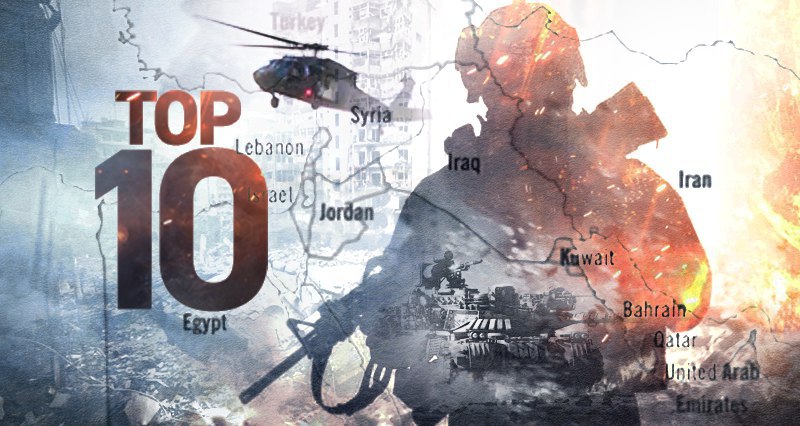


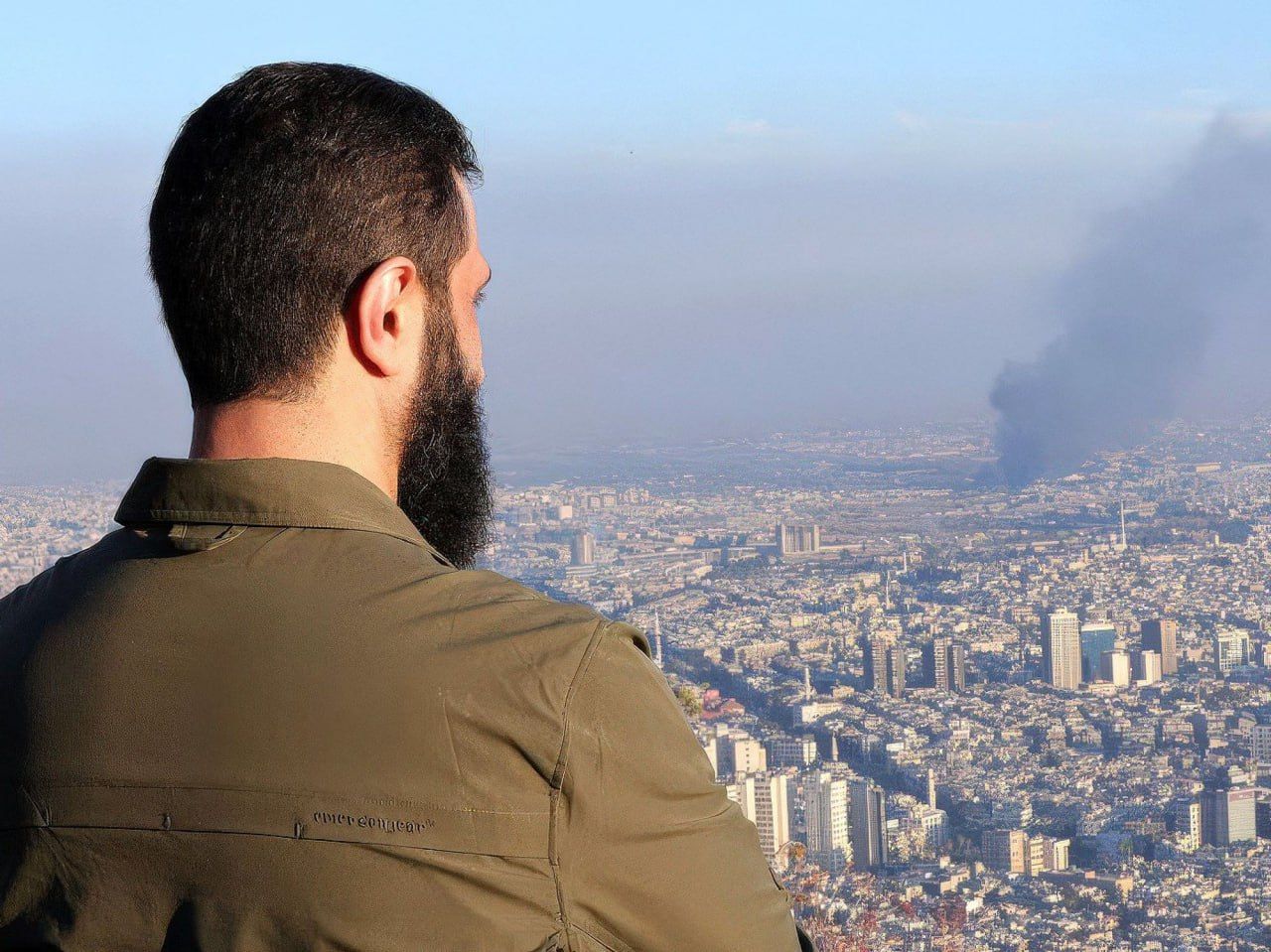
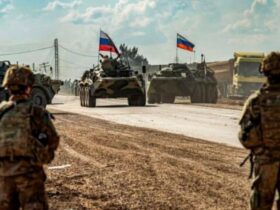
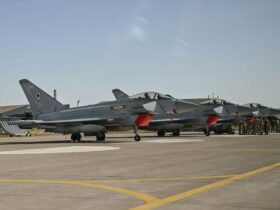

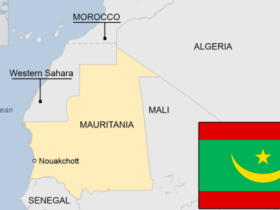





Leave a Reply